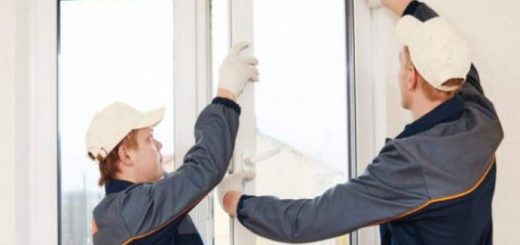Preventing Home Foundation Cracks: Tips for Maintenance and Care

Your home’s foundation is its structural backbone, and preventing cracks is crucial for maintaining its integrity. Foundation cracks can lead to serious structural issues in your home. While some cracks are minor and harmless, others can indicate underlying problems.
By implementing preventive measures, you can minimize the risk of foundation cracks and preserve your home’s stability. Let’s explore some valuable tips and practices for maintaining and caring for your home’s foundation to prevent cracks from occurring.
Common Foundation Problems may arise due to various factors such as soil settlement, poor construction, or water damage. To prevent these issues, regular inspection and maintenance are essential. By addressing any signs of foundation damage promptly, you can protect your home from costly repairs and ensure its stability for years to come.
Maintain Proper Drainage Around Your Home
Proper drainage is essential for preventing water accumulation around your home’s foundation. Ensure that gutters, downspouts, and drainage systems are clean and functioning correctly. Redirect water away from the foundation to prevent soil erosion and excessive moisture that can cause cracks.
For added protection and peace of mind, consider installing a sump pump. The Benefits of a Sump Pump include safeguarding your basement or crawlspace from flooding during heavy rains or high water tables, thereby helping to maintain a dry and stable foundation.
If you’re looking for effective solutions to maintain proper drainage around your home, investing in a Sump Pump for Crawl Space can be a wise decision.
Monitor and Address Soil Moisture Levels
Keep an eye on soil moisture levels around your home. Excessive moisture can lead to soil expansion, causing pressure on the foundation. Use soaker hoses or proper landscaping to maintain consistent soil moisture levels and avoid extreme fluctuations.
Ensure Adequate Grading
Check the grading around your home to ensure that the ground slopes away from the foundation. Proper grading helps direct water away from the foundation, preventing water buildup and potential damage.
Conduct Regular Inspections
Regularly inspect your home’s foundation for any signs of cracks or damage. Look for horizontal or stair-step cracks, gaps between walls and the foundation, or doors and windows that don’t close properly. Early detection can help address issues before they escalate.
Hydrostatic Pressure beneath the foundation can often contribute to cracks and structural problems. Keeping an eye on the surrounding soil moisture levels and ensuring proper drainage can mitigate the risks associated with hydrostatic pressure buildup. Regular inspections coupled with proactive measures can prolong the lifespan of your home’s foundation and prevent costly repairs down the line.
Address Plumbing Leaks Promptly
Address plumbing leaks or issues promptly to prevent water from seeping into the foundation. Even minor leaks can lead to moisture accumulation and compromise the foundation’s stability over time.
Avoid Overloading the Foundation
Be mindful of how you use and distribute weight within your home. Avoid overloading specific areas of the foundation, especially in basements or crawl spaces. Evenly distribute heavy furniture or storage items to prevent undue stress on the foundation.
Schedule Professional Inspections
Consider scheduling professional home foundation inspection, especially if you notice concerning signs or live in an area prone to soil-related issues. Foundation experts can assess the condition of your foundation and recommend preventive measures or repairs if necessary.
Properly Maintain Trees and Vegetation
Trees and large bushes close to your home can affect the foundation. Their roots might extract moisture from the soil or exert pressure on the foundation. Maintain trees and vegetation by trimming roots and ensuring they are a safe distance from the home.
Protect Against Extreme Weather Conditions
Take preventive measures to protect your foundation during extreme weather conditions. In freezing temperatures, ensure proper insulation and drainage to prevent frost heave. During droughts, maintain adequate soil moisture to prevent soil shrinkage.
Act Promptly on Foundation Cracks
If you notice any foundation cracks, act promptly. Small cracks can worsen over time, so fill them with appropriate sealants to prevent further expansion. For significant or recurring cracks, consult a foundation specialist to identify the underlying issues and recommend solutions.


